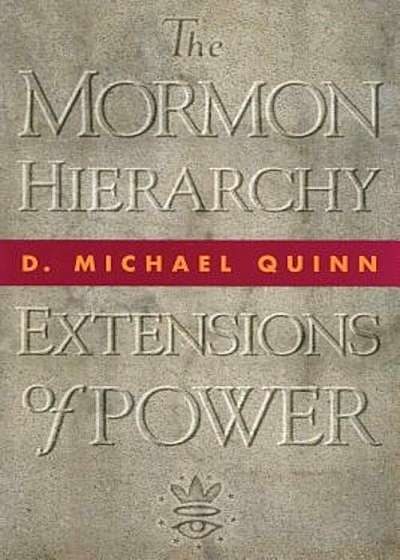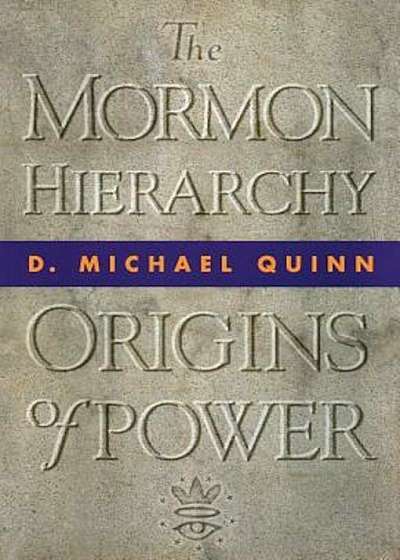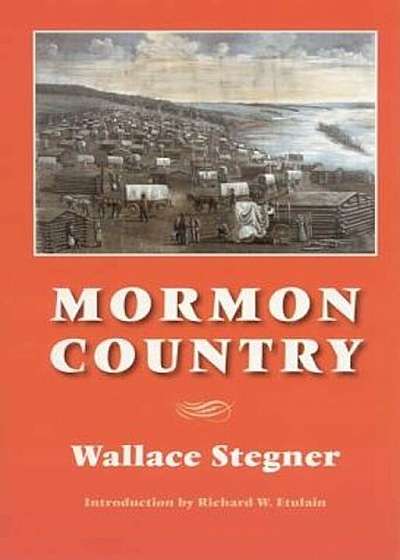
Mormon Hierarchy, Hardcover
Descriere
The Mormon church today is led by an elite group of older men, nearly three-quarters of whom are related to current or past general church authorities. This dynastic hierarchy meets in private; neither its minutes nor the church s finances are available for public review. Members are reassured by public relations spokesmen that all is well and that harmony prevails among these brethren. But by interviewing former church aides, examining hundreds of diaries, and drawing from his own past experience as an insider within the Latter-day Saint historical department, D. Michael Quinn presents a fuller view. His extensive research documents how the governing apostles, seventies, and presiding bishops are likely to be at loggerheads, as much as united. These strong-willed, independent men like directors of a large corporation or supreme court justices lobby among their colleagues, forge alliances, out-maneuver opponents, and broker compromises. There is more: clandestine political activities, investigative and punitive actions by church security forces, personal loans from church coffers (later written off as bad debts), and other privileged power-vested activities. Quinn considers the changing role and attitude of the leadership toward visionary experiences, the momentous events which have shaped quorum protocol and doctrine, and day-to-day bureaucratic intrigue from the time of Brigham Young to the dawn of the twenty-first century. The hierarchy seems at root well-intentioned and even at times aggressive in fulfilling its stated responsibility, which is to expedite the Second Coming. Where they have become convinced that God has spoken, they have set aside personal differences, offered unqualified support, and spoken with a unified voice. This potential for change, when coupled with the tempering effect of competing viewpoints, is something Quinn finds encouraging about Mormonism. But one should not assume that these men are infallible or work in anything approaching uninter





